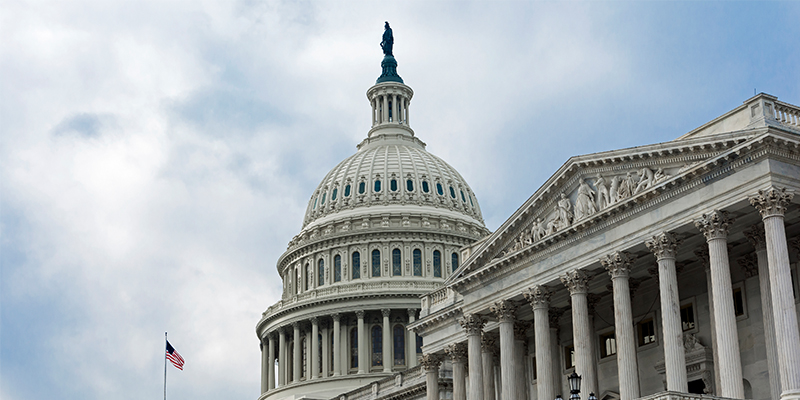Are the trends behind reshoring creating meaningful change in the global landscape? At I.CON: Trends and Forecasts, panelists Diane Gray, president and CEO of Centreport Canada; Jeff Howell, president of Panasonic Industrial Devices Sales Company of America (a division of Panasonic Corporation of North America); and Patrick Van den Bossche, partner and board member, at A.T. Kearney were joined by moderator Claudia Avila Connelly, executive director at AMPIP, to discuss the topic.
Consider this:
- The labor cost gap between the U.S. and Asia is shrinking, says Van Den Bossche, but U.S. labor costs are already creeping up as talent is getting scarce. While labor inflation in China is still high, it’s slowing down. China is investing significantly in automation and robots.
- U.S. energy costs are low due to shale gas, but nearly everyone is benefiting from low oil, and other countries have shale gas too. Beyond that, shale wells deteriorate much faster than classic wells, making them less sustainable.
- “Made in the U.S.A.” is fashionable (remember Walmart’s pledge?), but the price premium for items made in America has largely been untested, and overall consumers are fickle.
Foreign companies including China are investing in U.S. manufacturing operations to capture market share. The 2016 Foreign Direct Investment (FDI) Confidence Index indicates that U.S. and Canada will continue to attract significant FDI, and while the U.S. and Canada rebounded strongly, FDI inflows to Latin America and the Caribbean have been declining in recent years.
The good news is that investors remain more optimistic about the Americas’ economic outlook than any other regions. Executives are also most positive about the outlook in the U.S., with 42 percent of respondents more positive on the future of the American economy than they were a year ago. However, investors are more pessimistic about the economic outlook in Brazil and Mexico compared to a year ago.
On the converse, executives at firms based in the Americas are more pessimistic about the global economy than their global peers. Only 41 percent of Americas-based executives are more optimistic about the global economy this year than they were last year, compared to fully 58 percent of European executives and 48 percent of Asian executives.
That said, the results of the U.S. elections may reduce FDI into the U.S. Foreign business executives say that they would reduce FDI into the U.S. if Americans elect a populist (either far left or far right) president in the November election. Geopolitical tensions and emerging market instability are front-of-mind for global executives, as they see an increase in geopolitical tensions as the highest risk in the external environment for the second year in a row.
 This post is brought to you by JLL, the Social Media and Conference Blog sponsor of NAIOP’s I.CON ’16: Trends and Forecasts. Learn more about JLL at www.us.jll.com or www.jll.ca.
This post is brought to you by JLL, the Social Media and Conference Blog sponsor of NAIOP’s I.CON ’16: Trends and Forecasts. Learn more about JLL at www.us.jll.com or www.jll.ca.














